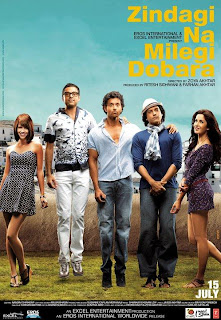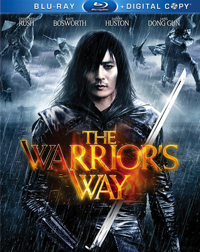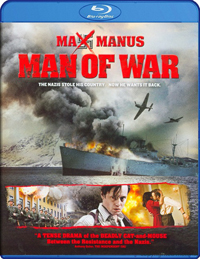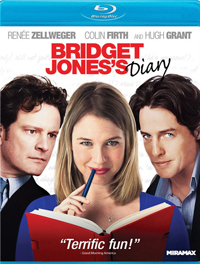The Boy in the Striped Pajamas
World War II movies can be classified into many categories, but the most-prominent Word War movies may fall into three categories: stories from the battlefront with the Nazis (“Saving Private Ryan,” “The Guns of Navarone”); stories about the Holocaust (“Schlinder’s List”); and stories about the Resistance movements (“Sophie’s Scholl,” “Max Manus”). Of course, we get a mixture of these themes in many World War II movies that might make them distinctive in the genre. These stories are mostly told from the heroes’ perspective, where many lives are lost on battlefields. The enemy in the form of the Nazis is pretty clear, and their crimes against humanity are well known. Always seen as the ultimate evil, the Nazis have never received any empathy in films, and rightly so. But there have been a number of World War II movies that played from a German perspective, telling the stories of how Germans planned and fought. A few notable movies in this category are “The Reade...





